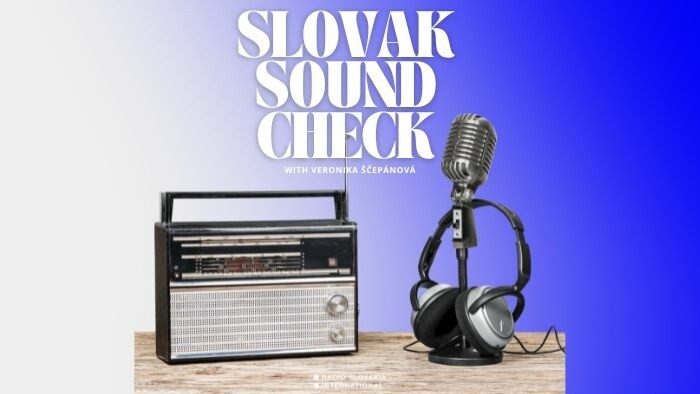Episode 13: Find Your Way
This week, we will dive into essential Slovak phrases for asking directions and finding your way around. You’ll learn how to ask where the station is, understand “Odbočte doľava” (turn left) from “Choďte rovno” (go straight) and make sense of location words like next to, behind, or around the corner. Plus, a quick grammar note on how Slovak prepositions change the form of nouns. Perfect for tourists, new arrivals — or anyone trying not to get lost!
Vocabulary
Kde je ...? = Where is ...?
Hlavná stanica = main / train station
Ulica = street
Roh = corner
Zastávka = stop
Je to blízko. = It is near.
Je to ďaleko. = It is far.
Choďte rovno. = Go straight.
Odbočte doprava. = Turn right.
Odbočte doľava. = Turn left.
Choďte električkou. = Take the tram.
Choďte autobusom. = Take the bus.
Je to vpravo. = It’s on the right.
Je to vľavo. = It’s on the left.
Je to vedľa (genitive) … = It’s next to…
Je to za (instrumental) ... = It’s behind/around …
Recap
Dobrý deň = formal greeting
Prosím = please
Obchod = shop
Bonuses
Choďte rovno po tejto ulici. = Go straight along this street.
Choďte električkou. = Take the tram.
Choďte autobusom. = Take the bus.
Zastávka je za rohom. = The stop is around the corner.
Zastávka je vedľa obchodu. = The stop is next to the shop.
Note: In Slovak, prepositions require specific grammatical cases, which means the word following them will change form. For example, “za” (behind) is followed by the instrumental case, and “vedľa” (next to) takes the genitive case. So when using these prepositions, it’s not just about choosing the right word — you also need to adjust the noun that follows according to the case it demands.
SSCH_Ep13_final
Máte problém s prehrávaním? Nahláste nám chybu v prehrávači.

